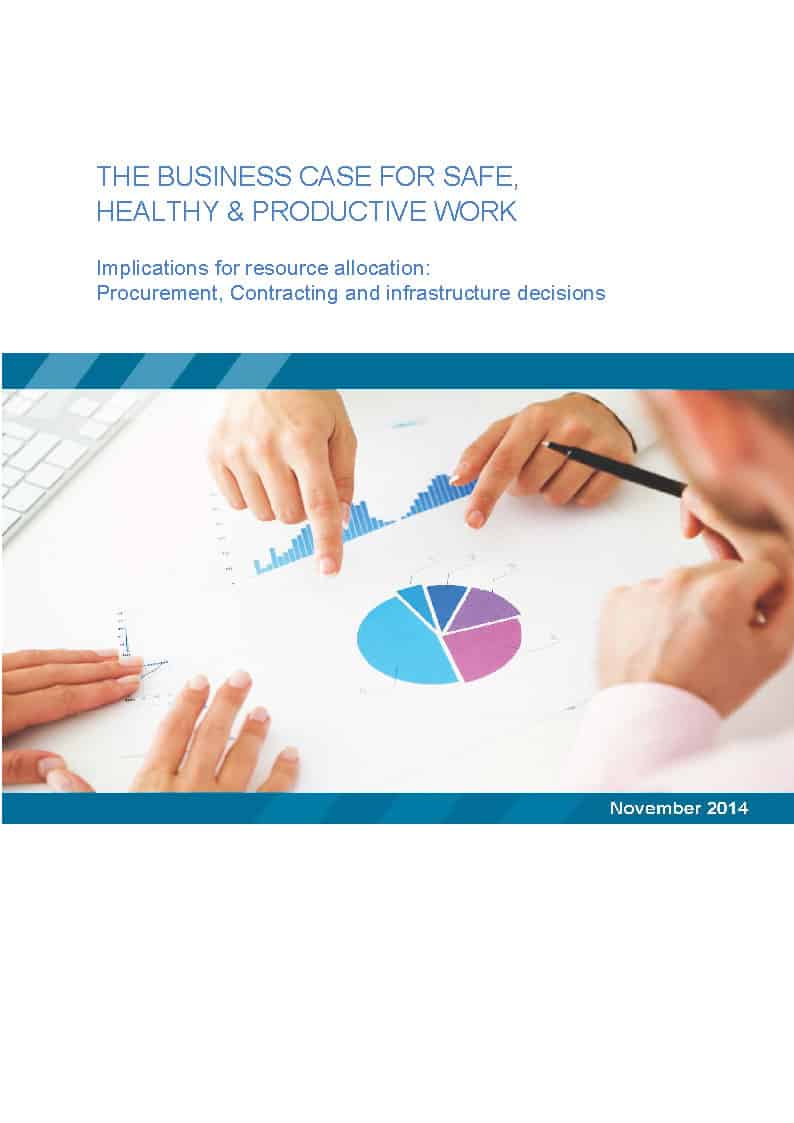Each Australian State conducts its own occupational health and safety (OHS) awards. It has been a long-held tradition that the winners of these awards are entered into the national OHS awards conducted by Safe Work Australia. No more. The national awards have been quietly dropped.
Safe Work Australia has decided to end the national awards just over a year since the Minister for Employment, Senator Eric Abetz, stated:
“I am delighted to see individuals, small businesses and large organisations finding solutions to make their workplaces safer….
“Their commitment and passion has made a difference in the community and ensured safer workplaces leading to more people getting home safely to their families.
“The leadership and innovation of people and organisations like those celebrated at the Awards that not only helps to reduce the number of workplace deaths and injuries but also helps to create a positive workplace culture.”
The 2014 media release went on to state:
“The Safe Work Australia Awards showcase the best workplace safety solutions, innovations and systems across our nation and are a celebration of what can be achieved to reduce workplace incidents and deaths.”

